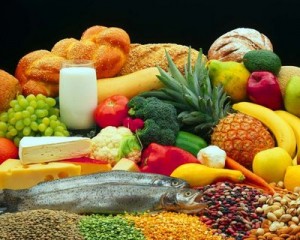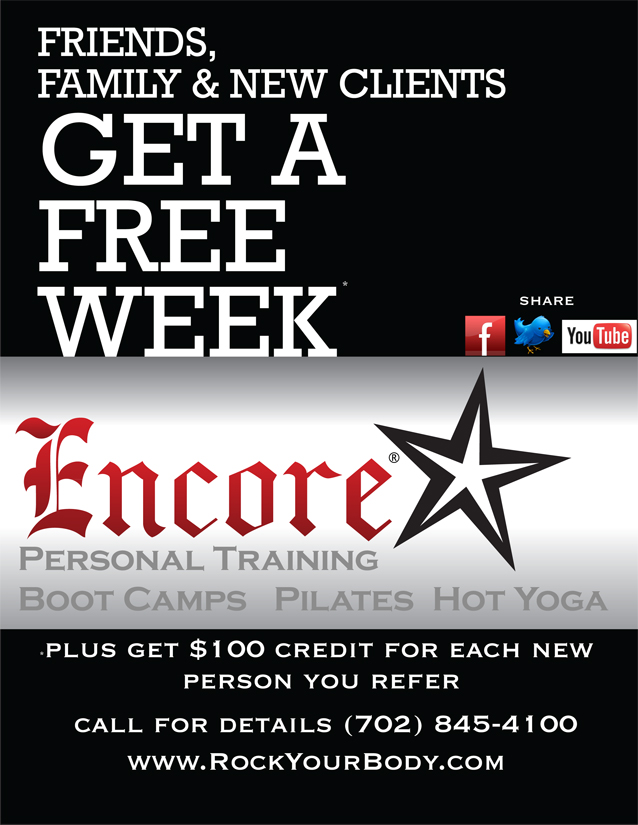 It would seem logical for patients who have had a heart attack to cut back on fast food.
It would seem logical for patients who have had a heart attack to cut back on fast food.
Some devoted fast food eaters do. But six months later, more than half can still be found at their favorite fast food places at least once a week, according to a study in the American Journal of Cardiology.
Of nearly 2,500 heart attack patients studied by John Spertus, at the University of Missouri at Kansas City, 884 — or 36 percent — reported in a survey while still hospitalized that they had eaten fast food frequently in the month before their heart attack. “Frequently” was defined as once a week or more.
When Spertus and his colleagues checked back six months later, 503 were still eating fast food every week.
“Fast food consumption by patients with AMI (acute myocardial infarction) decreased 6 months after the index hospitalization, but certain populations — including younger patients, men, those currently working, and less educated patients — were more likely to consume fast food, at least weekly, during follow-up,” he wrote.
“Novel interventions that go beyond traditional dietary counseling may be needed to address continued fast food consumption after AMI in these patients.”
But the study showed that older patients and those who had bypass surgery were more likely to be avoiding fast food six months later.
The survey did not ask what menu items people ordered, and some in the restaurant business have pointed out that fast food isn’t always limited just to burgers and fries.
But Spertus and his colleagues pointed out that the people in their study who kept eating fast food tended to have health profiles “consistent with selection of less healthy options.”
Nine out of 10 patients in the study received dietary counseling before they left the hospital, but this didn’t seem to affect that odds that frequent fast food eaters would improve their diets, and Spertus said this showed they needed more education after leaving the hospital.
“The problem is that patients are absorbing so much information at the time of their heart attack, that I just don’t think they can capture and retain all the information they’re getting,” he told Reuters Health.
Fast food restaurants in the United States will soon post calorie, fat, sodium and other nutritional information on their menus, as required by the health care law passed last year.
Already, cities such as New York and Philadelphia mandate calorie counts on menus.
—
Source: http://bit.ly/eAnRdI
Image Courtesy from: Marketingpower.com








